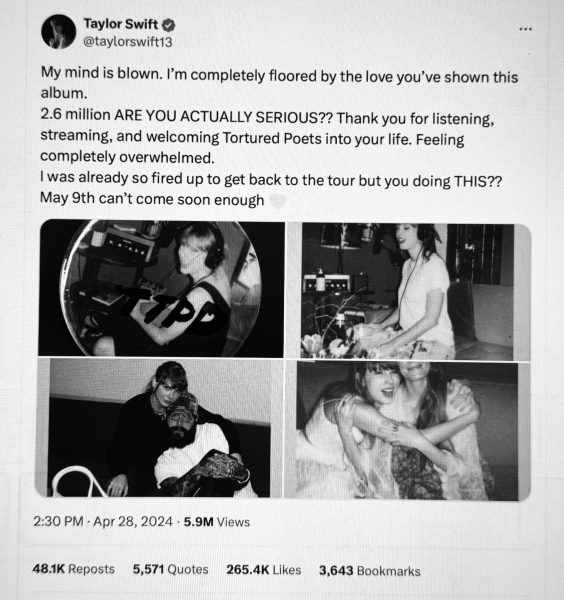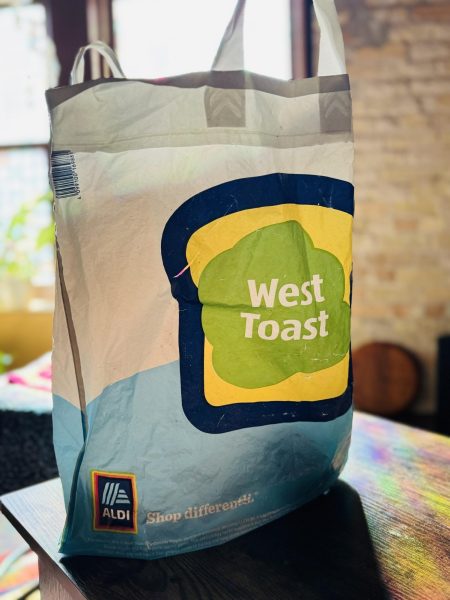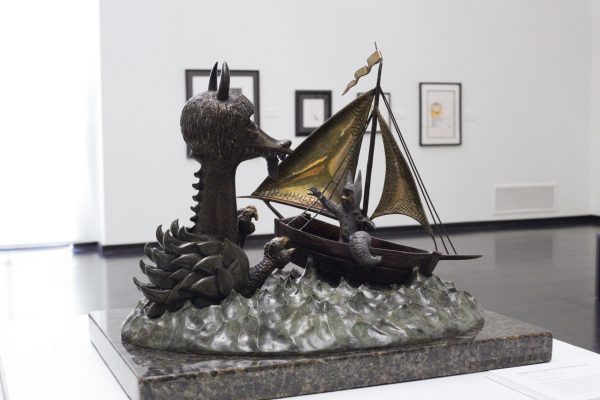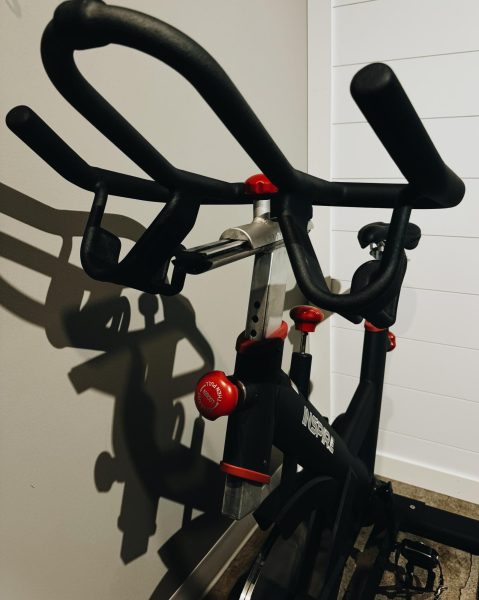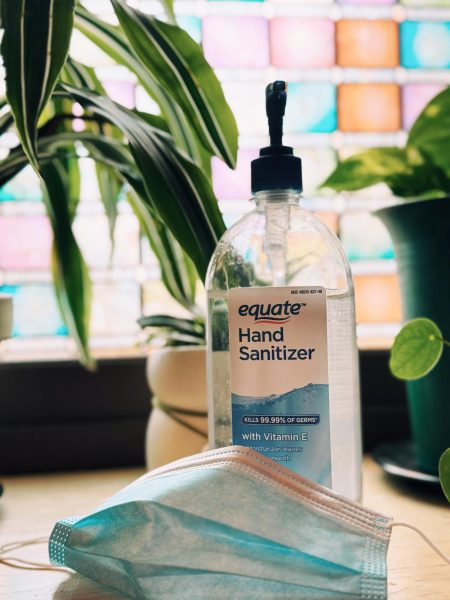Educational Bias
A Critique of Art Education as a Whole
November 8, 2021
Have you ever taken an art class, in which the teacher or professor’s interest leaned towards a certain type of making or artistic style? Sometimes individual biases for a particular kind of work can influence how a professor rates or critiques their student’s artwork. These biases are not always obvious or stated outright, but fall into the realm of being more implicit than explicit. Professors may not even notice this kind of favoritism, but their student’s do and may use this bias to their advantage. Everyone has biases towards different aspects of life, including art and they can be construed as negative or positive; you can imagine it is difficult to have an unbiased opinion. More often than not these biases are shaped by the people around us, art educators especially. How do art educators influence our craft and creation? How do these views impact how we see our own artwork and our desire to keep creating? Can art education be taught without these implicit biases?
As an art student, I am not unfamiliar with these kinds of biases, as I experienced them in high school and throughout my time in college. One of the big questions you will face as an art student is, “what is art?” I have heard that question in the majority of the art courses I have taken, and everyone has their own answer. More than anything this question attempts to delve into the philosophy of what art is, what is good art, and the impact it can have. I believe this all revolves around the biases that we each have in regards to what is “good” art. My definition of the subject is that art is a means to express oneself and explore the realm of making in any way one can. I enjoy conceptual artwork that has deeper meaning than what it really is. I also enjoy artwork that simply explores the creative process. Art is an incredibly subjective medium, and because of this there is really no wrong way to create. However, there are certain principles and standards that have to be met within the domain of art education.
Educators all over the world have a significant impact on who their students will become as they develop. They can influence various different views, ranging from political to religious, that a student may have of the world, based on their own views or perspectives. Art education is no different in that sense and can have a lot of influence on the development of students artistic styles, tastes, or perspectives. In some regards art educators can even influence a student’s decision to stick with the program or path they have chosen. There have been a handful of times when I really started to doubt myself because of something someone else said or critiqued about my work and have considered dropping out of the program altogether. Obviously, no one is responsible for the actions we chose to take regarding our academic lives, and I recognize now that critiques are a really great way to grow as an artist and receive feedback.
A majority of art professors have a lot of freedom in what they teach, and while I think this is great for fostering a new approach to art education, it also further backs these biases and favoritism. Realistically, I do not think that art education will ever operate without these biases because of how subjective art is. Part of me thinks that may actually be a good thing but as previously mentioned it can have negative effects on students overall academic experience. It just needs to be handled differently, and these biases, that lie on the outskirts of what is the academic standard, should not influence a students’ grades.
Demetria Slyt is a Dakota Student Editor. She can be reached at [email protected].






